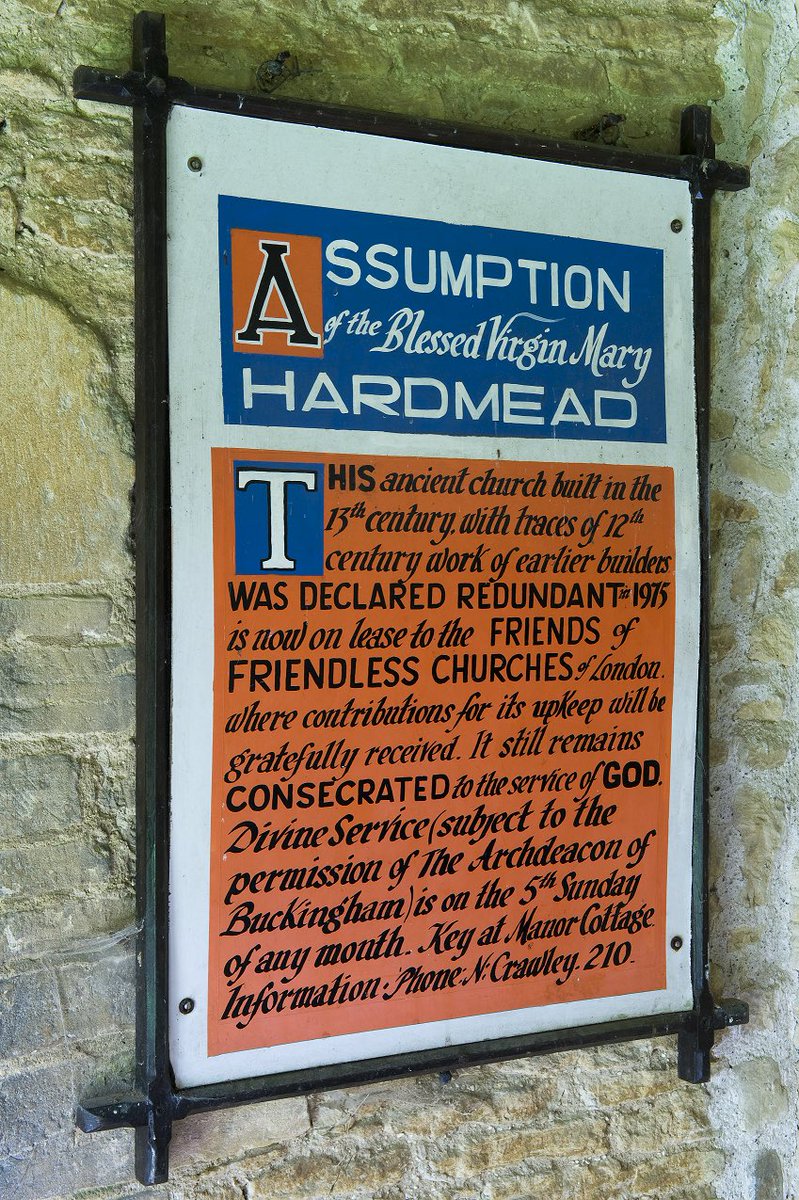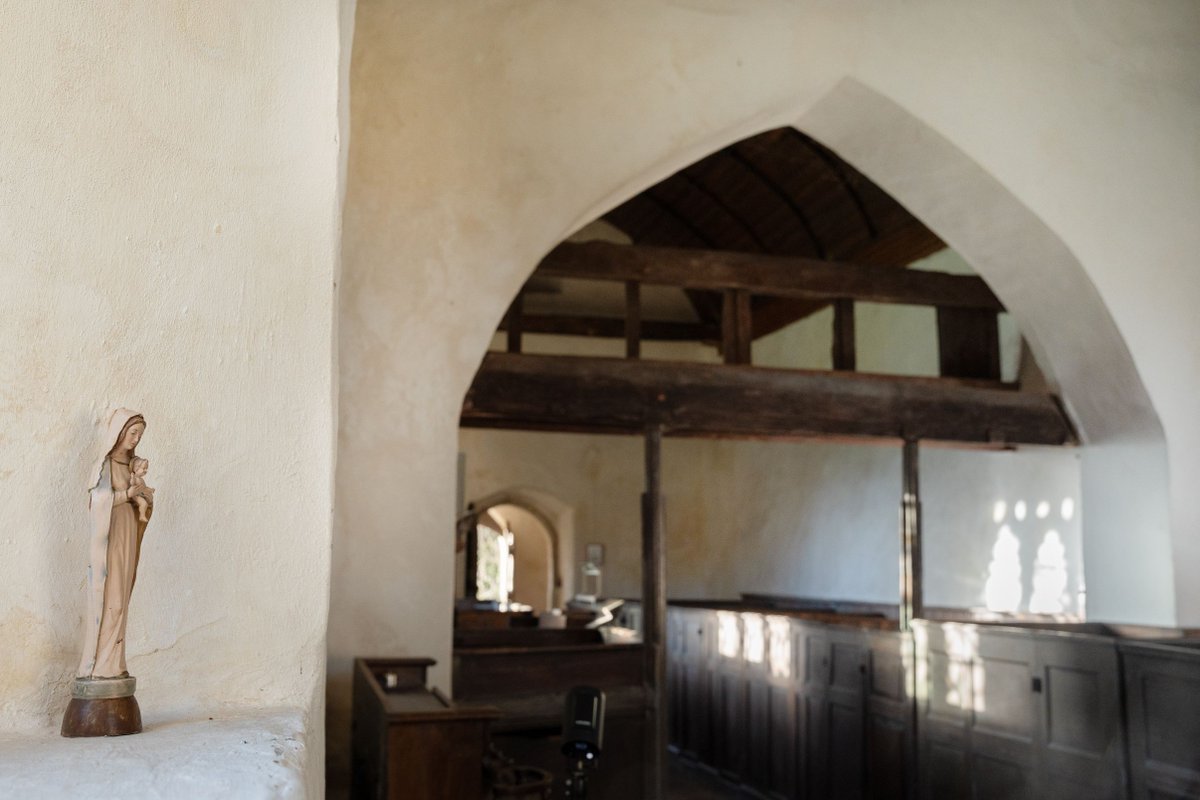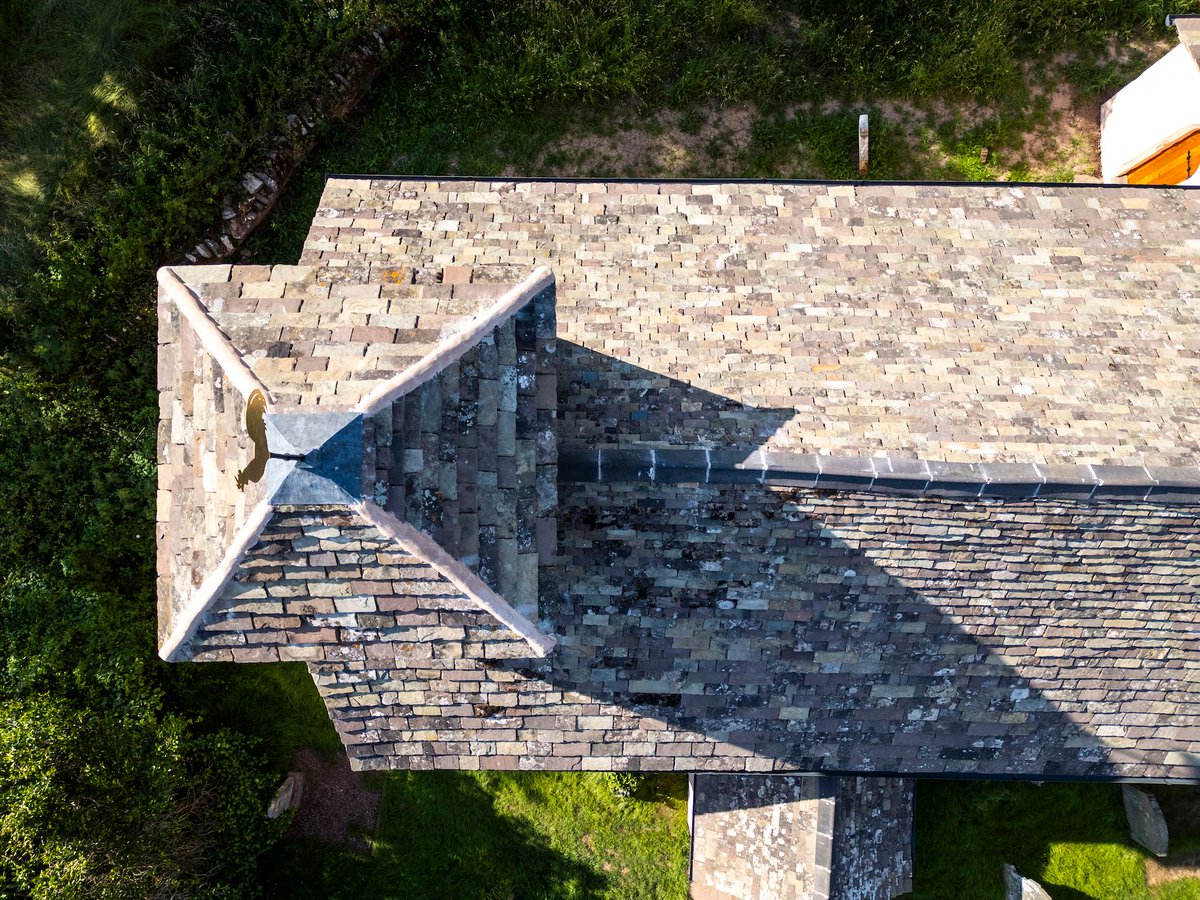In the UK, there are more churches dedicated to Mary than any other saint.
The cult of the Blessed Virgin Mary really took hold in the Middle Ages. Mary was adored by monastic orders, who promoted stories of her miracles. By 1066 she had six annual feasts.
#thread
The cult of the Blessed Virgin Mary really took hold in the Middle Ages. Mary was adored by monastic orders, who promoted stories of her miracles. By 1066 she had six annual feasts.
#thread

Mary came to be depicted as the Queen of Paradise surrounded by red and white rosebushes: red for love and martyrdom, white for purity. (Later the white roses were ditched and the lily was adopted as the symbol of purity.)
But where did it all come from?
2/
But where did it all come from?
2/

The rose first appears as a romantic symbol in Hellenic poetry. Roman legends connecting Venus with roses establish two enduring connections with the God of Love and the blood of a divine martyr. Mary has been compared to the mystical rose since the Church’s earliest days.
3/
3/

It wasn’t long before Mary began to be hailed as the Flower of Flowers. Nor was it long before she began to appear in the lives of saints, in particular intervening directly to help her faithful - sometimes taking the form of miraculously appearing roses.
4/
4/

Monastic burial grounds were planted with rose gardens in prefiguration of the Paradise garden to which it was hoped the departed had gone.
5/
(Please excuse the cable.)
5/
(Please excuse the cable.)

The connection between Christian rosary beads and the medieval rose garden was made in Europe in 12th-13th centuries. The beads include five decades of prayers to Mary. Rosary beads became one of the most popular forms of prayer and meditation in Europe, particularly England.
6/
6/

A fifth of all the churches in our care are dedicated to the Virgin Mary. And all the images featured in this thread are from St Mary’s churches.
7/
7/

• • •
Missing some Tweet in this thread? You can try to
force a refresh























